Introduction: Why the Right Plumbing Tools Matter
Plumbing repairs and improvements are among the most approachable DIY projects for homeowners and enthusiastic hobbyists. However, success in plumbing isn’t just about skill or knowledge—it heavily depends on having the right tools for the job. Using the improper equipment can lead to leaks, damage, and frustration, while a well-chosen toolkit empowers you to tackle repairs confidently and safely. This comprehensive guide walks you through the essential plumbing tools every DIYer should own, how to select the best options for your needs, safe and effective usage techniques, and proven maintenance practices to extend the life of your investment. Whether you’re fixing a leaky faucet, unclogging a drain, or upgrading fixtures, the right tool makes all the difference—reducing stress, saving money, and ensuring lasting results.
Core Plumbing Tools for Every DIYer
Adjustable Wrenches
These versatile wrenches are indispensable for gripping, turning, and holding nuts and fittings of various sizes. A quality adjustable wrench with a smooth jaw adjustment will prevent damage to chrome or brass fixtures. Keep at least two sizes (6-inch and 10-inch) in your toolbox to accommodate different tasks.
Pipe Wrenches
Pipe wrenches are designed specifically for gripping round objects like pipes and pipe fittings. Their serrated jaws provide the leverage needed to loosen or tighten threaded pipes. For most residential work, an 18-inch pipe wrench covers a wide range of needs, but a smaller 10-inch version is helpful in tight spaces.
Slip-Joint and Tongue-and-Groove Pliers
Slip-joint pliers are great for general gripping and bending, while tongue-and-groove pliers (often called “Channel-Locks”) excel at turning larger nuts and pipes. Their adjustable jaws allow you to tackle a variety of tasks, from removing supply line nuts to holding pipes steady.
Plumber’s Tape (Teflon Tape)
This thin, non-adhesive tape is wrapped around threaded pipe joints to create a watertight seal and prevent leaks. Always keep a roll or two in your toolbox; it’s essential for any threaded plumbing connection.
Pipe Cutters
Cutting pipes to precise lengths is a common task. Tube cutters (for copper or plastic) provide clean, burr-free cuts, while hacksaws are useful for cutting through metal or plastic piping in tight spots. Invest in a pipe cutter suited to the materials you’ll most often encounter.
Plunger
The humble plunger remains the first line of defense against clogged sinks, toilets, and tubs. Have both a cup plunger (for sinks and tubs) and a flange plunger (for toilets) on hand for best results.
Drain Auger (Plumber’s Snake)
When a plunger isn’t enough, a hand-crank drain auger can break up or retrieve clogs deep within pipes. For most homeowners, a 25-foot hand auger will resolve common sink and tub blockages.
Basin Wrench
This specialty tool is designed to reach and turn the nuts securing faucets to sinks—often located in tight, hard-to-access spots. Its long handle and pivoting jaw make faucet installation and removal much easier.
Pipe Deburring Tool
After cutting copper or plastic pipes, use a deburring tool to smooth rough edges. This prevents leaks and ensures a better fit when joining pipes.
Other Handy Additions
- Plumber’s putty for sealing drains and fixtures
- Measuring tape for accurate cuts and alignment
- Flashlight or headlamp for illuminating dark spaces
- Bucket and rags for managing spills and cleanup
- Safety gloves and protective eyewear
How to Choose Quality Plumbing Tools
Material and Build Quality
Look for tools constructed from high-grade materials such as hardened steel, which resists bending and rusting. Chrome-plated finishes add corrosion resistance, especially for wrenches and pliers. Avoid bargain-bin tools made from thin, soft metals—they may slip or break under pressure, causing injury or damage.
Comfort and Ergonomics
Plumbing projects often require prolonged grip strength and awkward angles. Tools with cushioned, non-slip handles reduce hand fatigue and provide better control. Test the grip and balance of a tool in person whenever possible.
Size and Application Fit
Choose tool sizes appropriate for your home’s plumbing system. Oversized wrenches won’t fit under sinks, and undersized ones won’t provide enough leverage. If you’re unsure, start with medium sizes; you can expand your kit as you encounter new tasks.
Brand Reputation and Warranties
Trusted brands typically offer better durability and customer support. Many reputable manufacturers back their tools with lifetime warranties, reflecting confidence in their products.
Tool Use: Practical Tips for DIY Plumbing Success
Proper Handling Techniques
- Always use the correct tool for the job—using pliers on a nut meant for a wrench increases the risk of rounding edges and causing leaks.
- Apply steady, even pressure. Jerking or over-tightening can crack fittings or strip threads.
- Secure pipes with one tool while turning fittings with another to prevent stress on soldered or glued joints.
- Keep threads clean and use plumber’s tape or pipe dope where required for a reliable seal.
Safety Precautions
- Wear safety goggles when cutting, sawing, or working under sinks to protect against flying debris.
- Turn off the water supply before disassembling pipes or fixtures.
- Use gloves when handling sharp-edged pipes or chemicals.
- Keep your workspace dry to avoid slips and electrical hazards.
Common DIY Mistakes to Avoid
- Over-tightening fittings: This can damage threads and cause leaks. Tighten firmly, but never force.
- Using the wrong type of pipe cutter: Tube cutters are for copper and plastic, not steel.
- Skipping deburring: This leads to poor pipe connections and leaks.
- Improper use of plumber’s tape: Always wrap in the direction of the threads for a proper seal.
Maintenance: Keeping Your Tools in Top Shape
Cleaning After Use
Wipe down tools with a clean, dry cloth after each project to remove debris, moisture, and corrosive residues. For stubborn grime, use a mild soap solution and dry thoroughly.
Lubrication
Apply a light machine oil to moving parts (like wrench threads and pliers’ joints) every few months to prevent rust and ensure smooth operation. Avoid over-oiling, which can attract grit and cause wear.
Storage Solutions
- Store tools in a dry, climate-controlled space. Moisture accelerates rust and deterioration.
- Use a toolbox or tool bag with designated pockets to prevent tools from banging together and dulling cutting edges.
- Hang larger tools on a pegboard for easy access and to keep surfaces clear.
Inspecting for Wear and Damage
- Check cutting tools for nicks or dull blades—replace or sharpen as needed.
- Inspect handles for cracks and grips for slippage. Replace damaged tools immediately to avoid injury.
- Examine jaws and adjustment mechanisms on wrenches and pliers for smooth operation.
Expanding Your Toolkit: When and What to Add
Assessing Project Needs
As you gain experience and tackle more complex plumbing projects, you may find certain specialty tools invaluable. For example, a faucet seat wrench for repairing leaks in older fixtures, a closet auger for stubborn toilet clogs, or a propane torch for soldering copper pipes. Evaluate each project and invest in new tools only as required—quality is more important than quantity.
Budgeting for Expansion
Set aside a portion of your home maintenance budget for tool upgrades. Prioritize tools that will be used often or that significantly improve efficiency and safety.
Frequently Asked Questions About Plumbing Tools
Can I use standard tools for plumbing jobs?
While some household tools can be adapted for minor plumbing tasks, most plumbing projects require dedicated tools to ensure safety and effectiveness. Using improper tools increases the risk of leaks, damage, or injury.
Should I buy or rent specialized plumbing tools?
For one-off tasks, renting is cost-effective. However, for recurring repairs or ongoing DIY projects, investing in quality tools pays off long-term in convenience and performance.
What’s the best way to learn proper tool use?
Manufacturer guides, reputable online tutorials, and hands-on practice are excellent resources. Always read instructions carefully and start with small, manageable repairs to build confidence.
Conclusion: Building Your DIY Plumbing Confidence
Equipping yourself with the right plumbing tools is a crucial step toward becoming a capable and self-reliant DIYer. By investing in quality essentials—like adjustable and pipe wrenches, reliable pliers, a good pipe cutter, and effective plunging and drain-clearing tools—you lay the groundwork for safe, efficient, and lasting repairs. Remember, tool selection is only the beginning: learning proper techniques, prioritizing safety, and maintaining your equipment will ensure your toolkit serves you for years to come. As your experience grows, so will your understanding of which specialty tools add the most value for your unique projects. Start with the basics, care for your tools, and build your confidence with each successful job. With the right preparation and a commitment to continuous learning, you’ll find that plumbing challenges become opportunities to expand your skills and protect your home investment—one repair at a time.
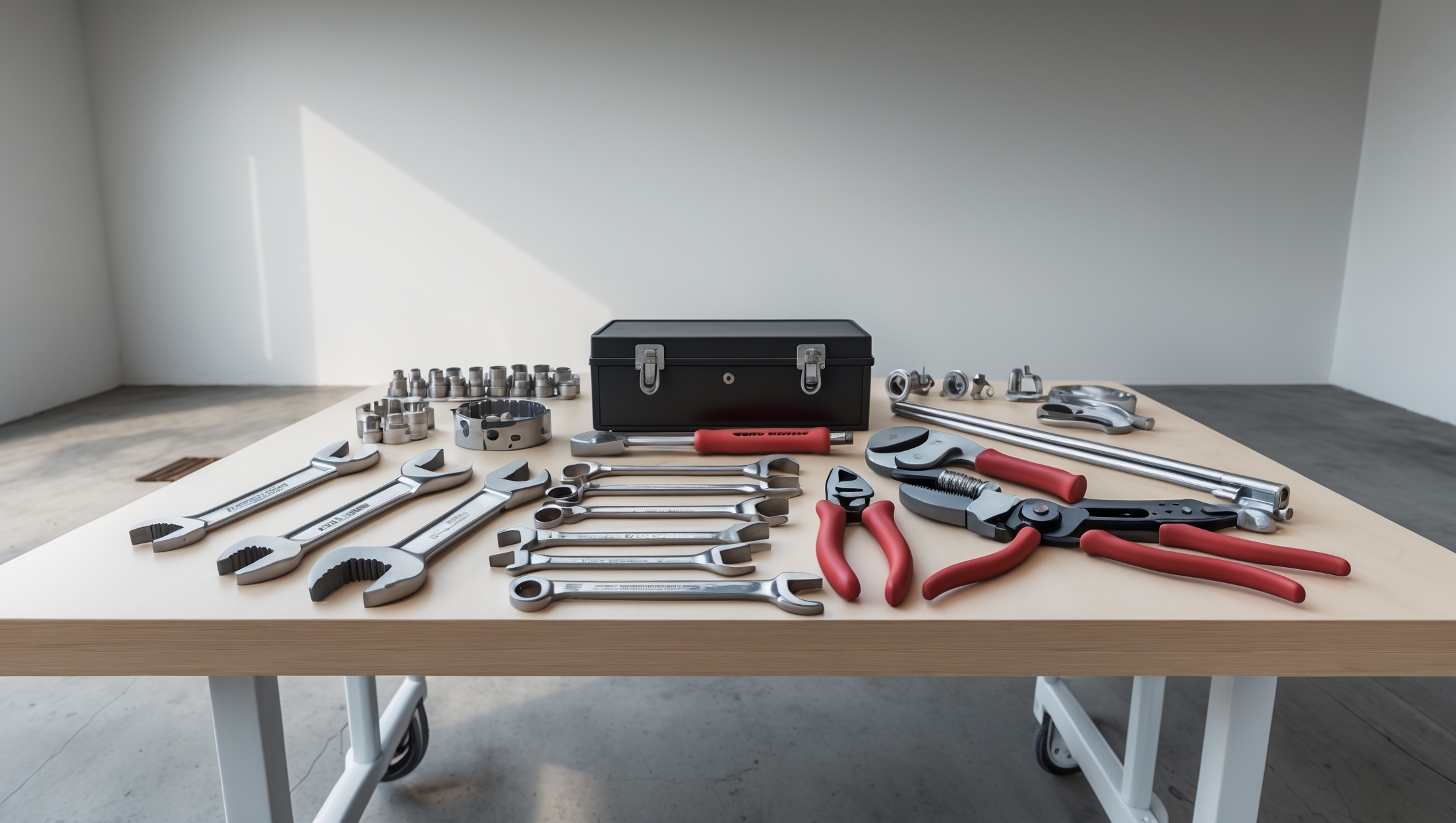

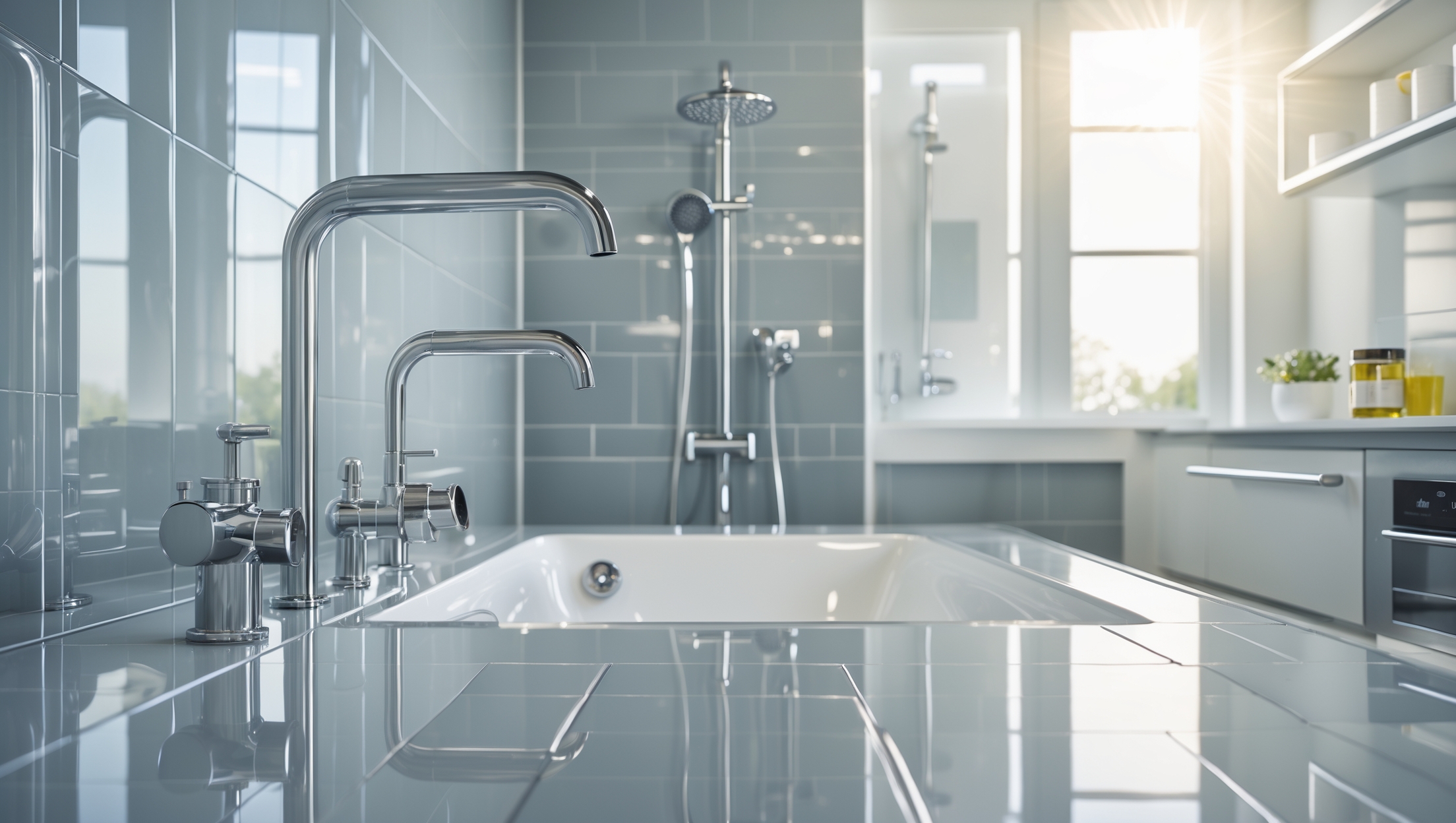

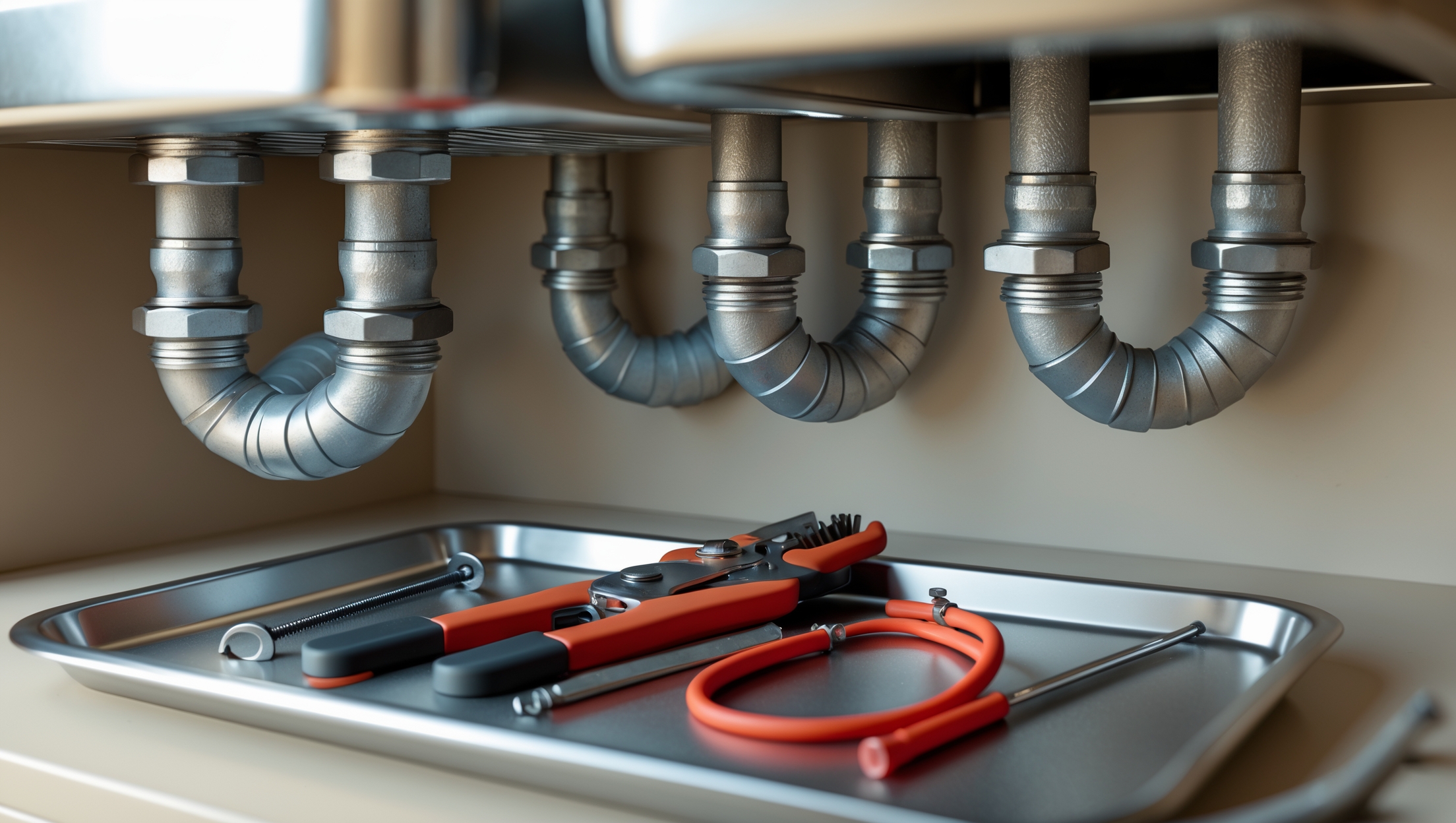
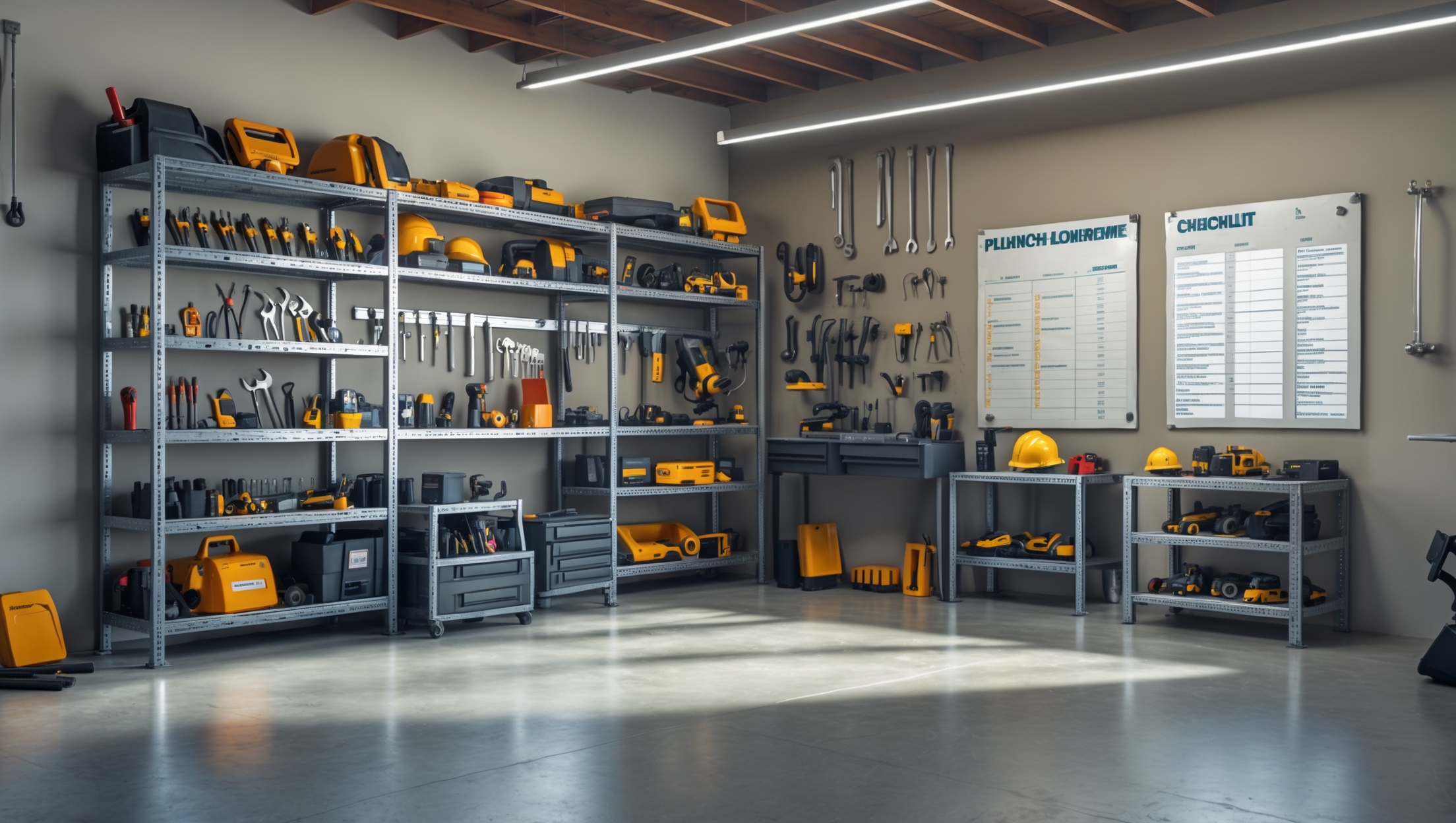


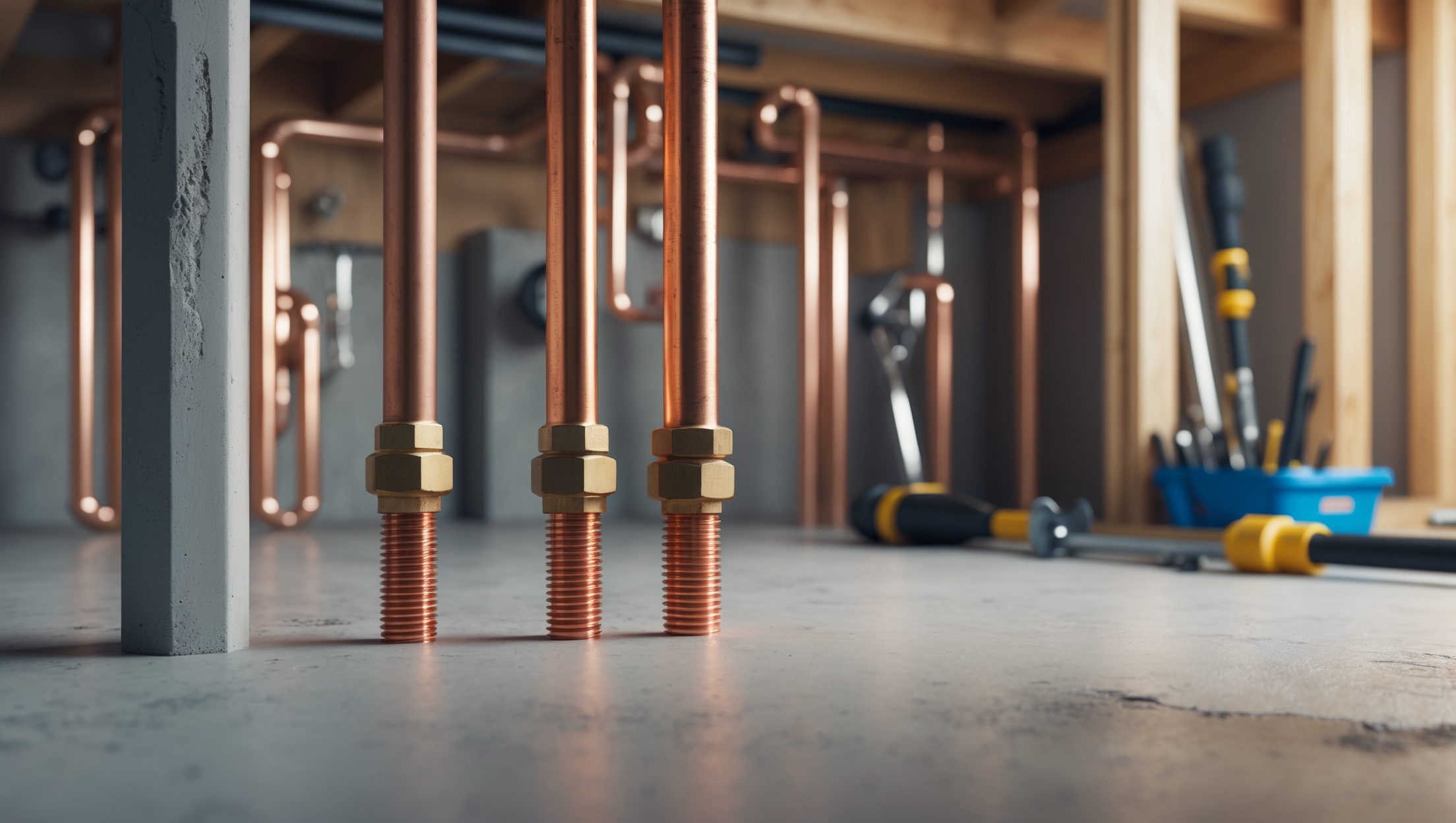
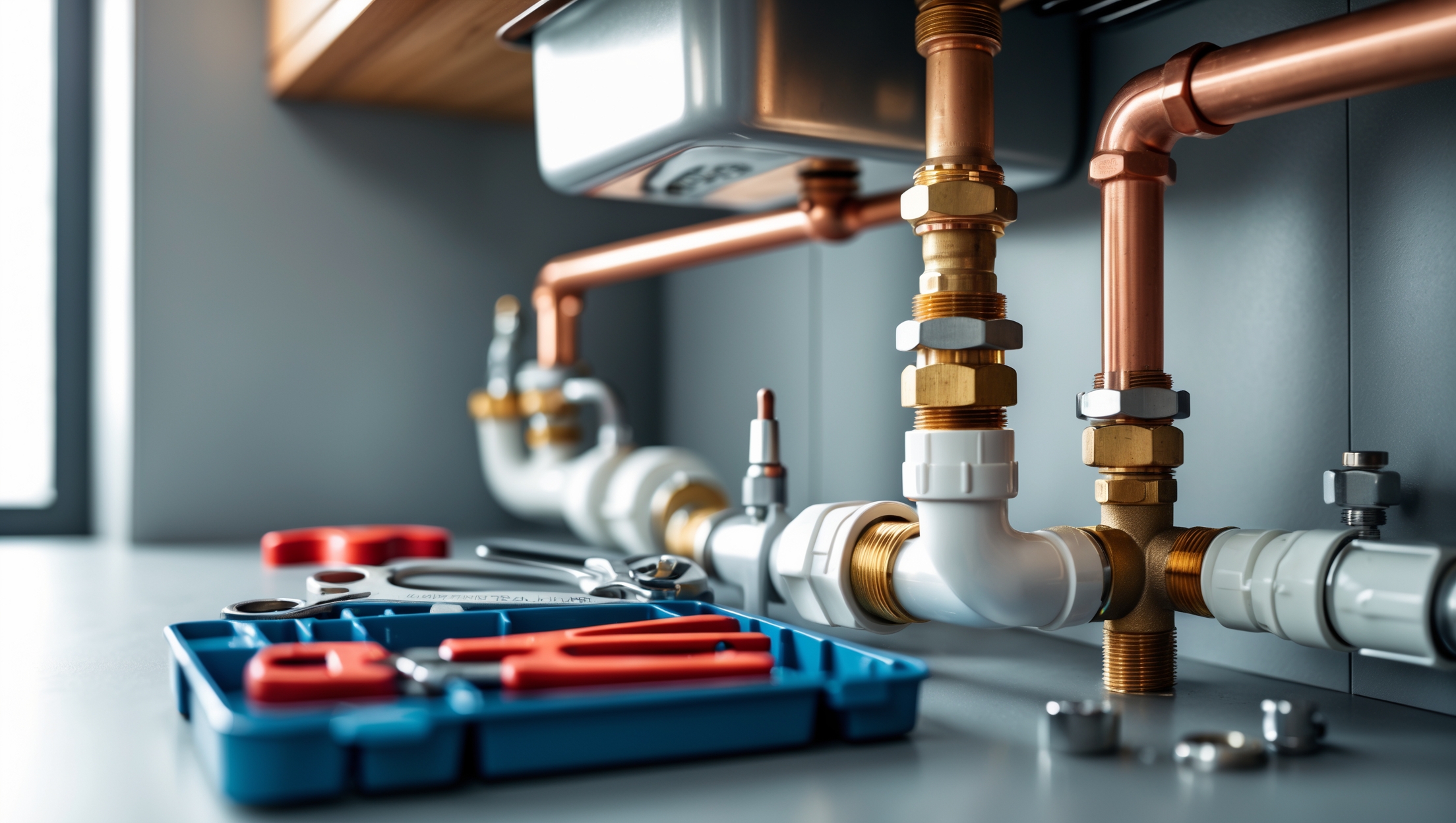
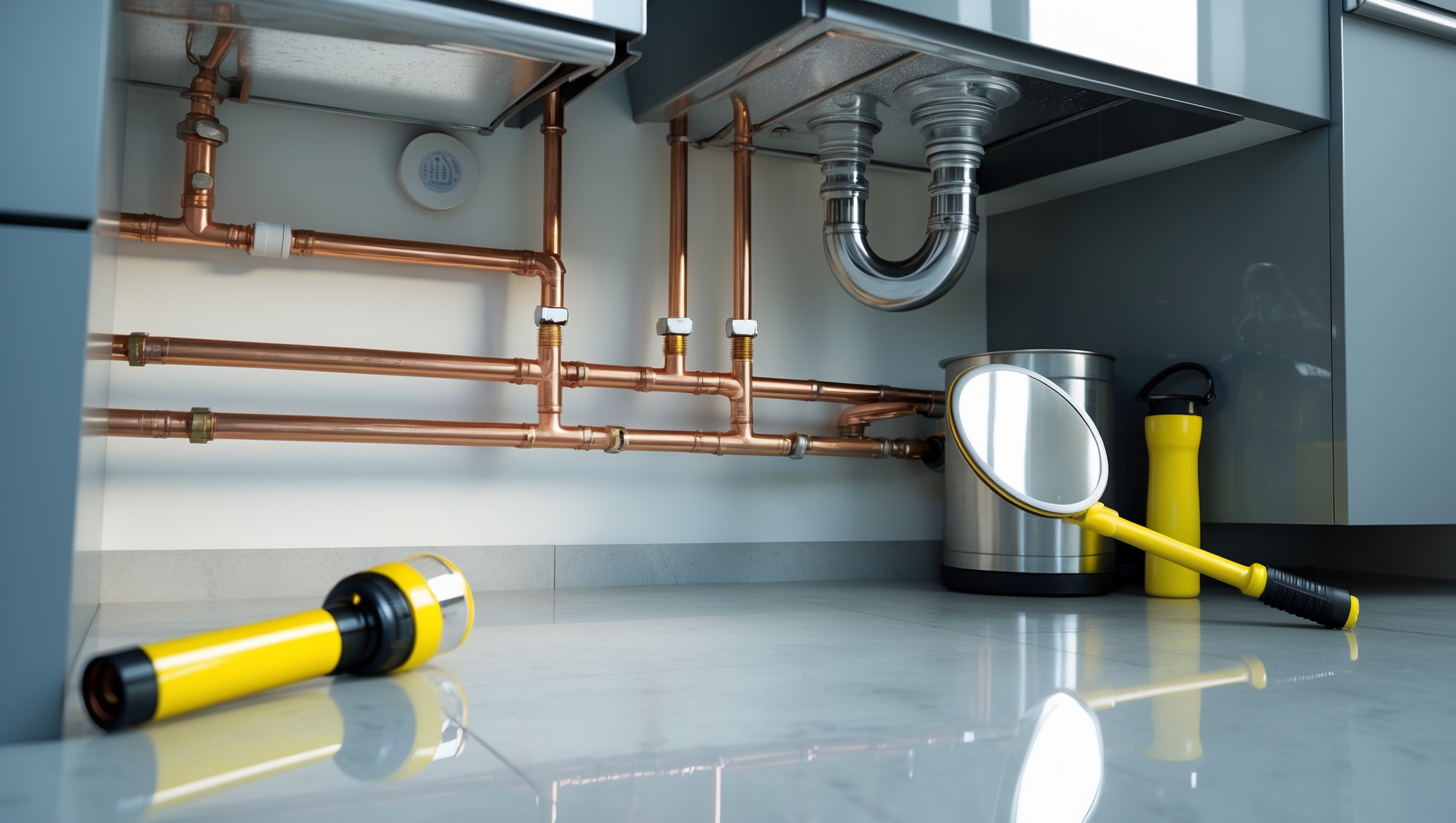
Andrew Miller
How much time should I set aside for maintaining these tools to keep them in good shape? Are there any quick cleaning or storage routines you suggest after using things like adjustable wrenches or pipe wrenches?